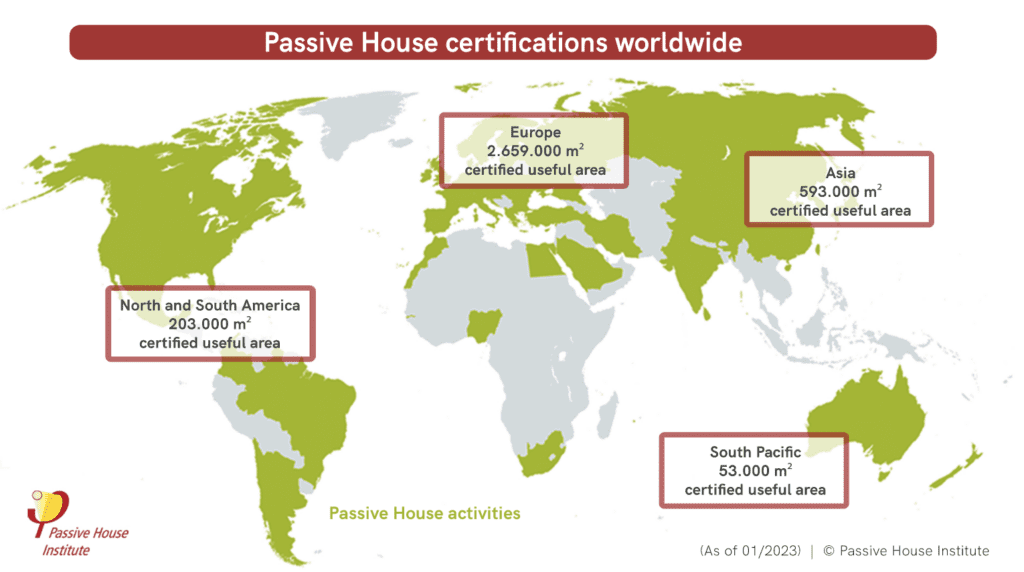Do we need to rethink our future spaces? Should we consider the anthropogenic mass?
These questions drive us at Crush Architecture to excel.
A 2020 study published in Nature, found that anthropogenic mass – the total mass of human-made materials – exceeds the living biomass. Indeed, the mass of all plastic exceeds the mass of all land and marine animals combined. The 200 years since the industrial revolution have been astounding in terms of technical achievement, but at a cost.
Motorists have already done the unthinkable, shifting from the internal combustion engine towards fully electric vehicles – a massive shift in human thought on transportation. One wonders what Henry Ford would think. Hopefully, he would be leading the charge!
Other huge changes are happening as well, as inhabitants of our planet rethink their use of space, and the interaction of that space with community and environment.
Architects have practiced their craft – part science, part art – since the dawn of civilization, as needs and fashions have evolved. We must continue to lead the way in adapting contemporary architecture to new demands, driven by climate change concerns, the over-consumption of finite natural resources, and the totally new work/life habits delivered with the COVID pandemic. And we must do more. We must restore the environment and assume the role of new energy generators. That’s where sustainable and passive house buildings come in.
Did you know that currently, only 1% of the world’s buildings are sustainable?
And in Australia, only 0.2% of new residential buildings are built to passive house standards, which is significantly lower than in Europe where passive house construction is more common. Sustainable building practices offer several benefits, including financial savings and improved health for occupants.

Financially, sustainable buildings can save significant amounts of money over time. For instance, buildings constructed using sustainable practices typically consume less energy, water, and other resources than traditional buildings, resulting in lower operating costs. According to a report by the World Green Building Council, sustainable buildings have been found to reduce energy use by 30-80%, water use by 30-50%, and carbon emissions by 35-50%.
In addition to cost savings, sustainable buildings can also improve the health and well-being of occupants. For example, buildings constructed using sustainable practices typically have better indoor air quality due to the use of non-toxic materials and better ventilation systems. This can lead to improved respiratory health, fewer sick days, and increased productivity. Furthermore, buildings designed with sustainability in mind also tend to promote physical activity and mental well-being by incorporating features such as green spaces, natural light, and access to outdoor views. Studies have shown that employees in green-certified buildings report fewer sick days, less stress, and higher job satisfaction than those in traditional buildings.
In Australia, the Passive House Institute of Australia (PHI-A) reports that as of 2022, there are over 80 certified passive house projects across the country, with many more in the pipeline. While this represents a relatively small percentage of Australia’s building stock, the passive house movement in Australia is gaining momentum, and the number of certified projects is expected to grow in the coming years as more architects, builders, and homeowners become aware of the benefits of the passive house standard.
Globally, the Passive House Institute reports that there are over 100,000 certified passive house projects in 70 countries as of 2022, with the number of certified buildings increasing every year. While this represents a small percentage of the world’s building stock, the passive house movement is gaining traction around the world, and the number of certified buildings is expected to continue to grow in the coming years as the benefits of passive house design become more widely recognized. As we continue to rethink our use of space and the way we interact with our environment and communities, it’s important that we also consider the impact our buildings have on the planet.
We applauds those Designers that are joining our movement with foresight who look towards green architecture, renewable energy, multi-use community areas, structures that are in harmony with the natural environment, the local culture, and resident needs.
Apple Computer once coined the phrase, Work Smarter not Harder. Buildings, be they home dwellings, places of education, or places of work or leisure, should not only fully complement the needs of the users of those spaces, but should tread softly on the Earth, in harmony with the needs of both human residents, and the important needs of an increasingly fragile environment. By thinking smarter, we works in step with our clients to provide solutions that fulfill these multiple demands.
At Crush we take the traditional concept of sustainable architecture, priorities a low carbon footprint and minimize use of non-renewables in its positive contribution towards the environment. It is all about smart architecture and design.
May 9, 2023
We have created this tool to help you to change your home and understanding the process and what to consider before jumping on the design and construction journey.
Download your FREE Workbook to see changes today!
design workbook
the free guide
DOWNLOAD HERE
